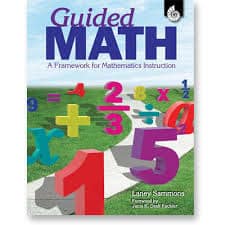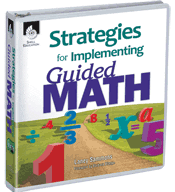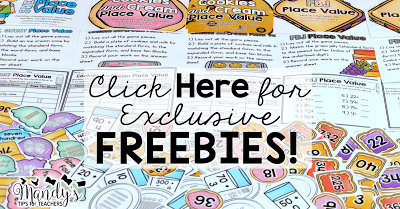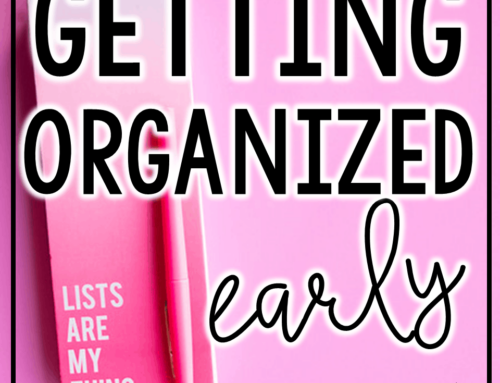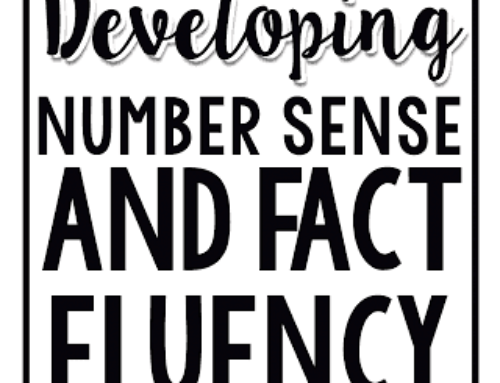I generally use the summer to recharge and refresh myself and also plan for the next school year. It is like a sickness- the first break I get leads to thoughts of the next school year! This year is so different. Staying at home with my newborn has sucked many of the back to school thoughts right out of my head! I look forward to staying home and being Mommy for the year!
However, that teacher is still buried deep within (the number times I get up to feed at night depends how deeply buried!) and I saw a post shared by Laney Sammons that I wanted to share.
Who is this Laney Sammons? I am sure your recognize the name. She is the author of the book Guided Math: A Framework for Mathematics Instruction.
1. Start with academic goals in mind rather than materials at hand.
2. Use simple materials with simple procedures. Don’t work yourself to death.
3. Tasks do NOT have to be changed weekly. Change them when students are tired of them or they no longer meet the learning needs of students.
4. Plan tasks in which the content may vary, but the basic game or procedures remain the same.
5. Assign tasks to address skills and concepts that have already been taught–use as review and maintenance. Students must be able to complete them successfully independently.
6. Model and have students role play the tasks before assigning them to be done independently.
7. Provide some form of accountability. This might be a recording sheet or weekly checklist of tasks to be completed.
8. Provide math Talking Point cards to accompany the tasks. Model how students should use these.
9. Have students work in pairs rather than larger groups. When more students are involved, there is often more time spent off task and more problems arise.
10. Have clear rituals and routines. Spend the first two weeks of school teaching these. Whenever necessary revisit them.
Click here for this great pack of FREE math centers, plus get tips and updates from me!
Mandy Gregory is a 2007 and 2012 Teacher of the Year. She has taught Kindergarten- 4th grades in both the general education and inclusion settings. She is currently a 1st grade Special Education teacher. She is the owner and creator of Mandy’s Tips for Teachers website (www.mandystipsforteachers.com) and has over 13 years of teaching experience. She is married with two beautiful children.

